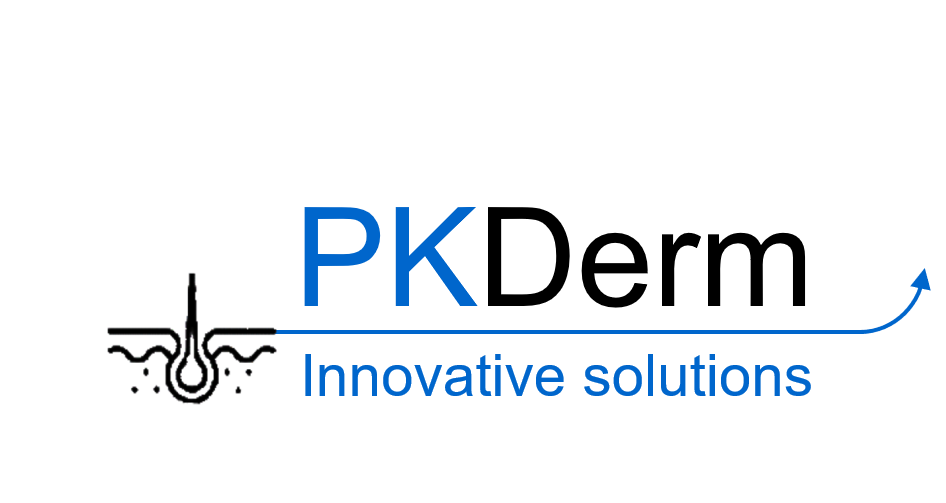Mechanistic insights into the effect of structural dynamics of SULT 1A1 on substrate binding and selectivity
Sulfotransferases (SULTs) metabolise a large number of compounds for detoxification in cells by catalysing the sulfuryl (SO3-) conjugation of many drugs, hormones, neurotransmitters, and xenobiotics from the co-factor 3’-Phosphoadenosine 5’- Phosphosulfate (PAPS) to a hydroxyl or amino group of their substrates. The sulfonation of drugs and other substrates generally leads to a more water-soluble product, consequently facilitating their excretion via the liver or the kidneys. However, SULT activity can also be involved in adverse drug reactions via the formation of reactive metabolites or drug-drug interactions. SULT catalysis is further complicated by the fact that their substrates may act as inhibitors. Four human SULT families have been identified so far, our study focuses on the SULT 1A1 member of the SULT1 family.
We employed Molecular Dynamics (MD) and MDeNM (Molecular Dynamics with excited Normal Modes) simulations for ensemble conformational sampling of the PAPS-bound SULT 1A1, combined with the docking of various known substrates and inhibitors to elucidate the mechanism of substrate recognition and inhibition. MDeNM simulations enable an extended sampling of the conformational space by running multiple short MD simulations during which motions described by a subset of low-frequency Normal Modes are kinetically excited. MDeNM simulations appeared very useful to shed new light on the mechanism of action and substrate selectivity of SULT 1A1.


